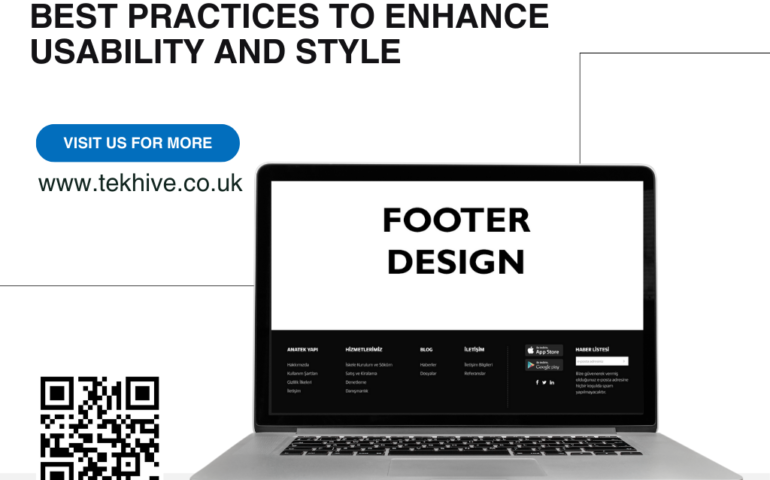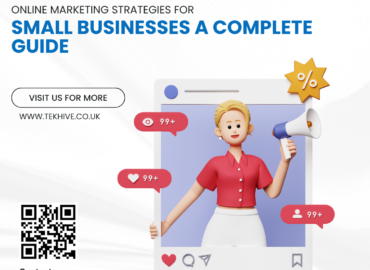
Website Footer Design

In the world of website development, website footer design often receives less attention than flashy headers or eye-catching content. However, a well-designed footer can be a game-changer for your website’s functionality and user experience. After all, the footer serves as a roadmap, guiding users to essential links, information, and resources. If you’ve ever underestimated its potential, now is the perfect time to reconsider.
Why Website Footer Design Matters
At first glance, the footer might seem like an afterthought. However, it is a strategic space that enhances navigation, showcases your brand, and even boosts your search engine optimization (SEO) efforts. For instance:
- Improved Navigation: Footers help users find important links without scrolling endlessly.
- Branding Opportunities: A footer reinforces brand identity with logos, slogans, or signature colors.
- SEO Benefits: Including internal links in the footer strengthens your site’s overall SEO strategy.
Thus, focusing on footer design is crucial for both user experience and technical optimization.
Key Elements of Effective Website Footer Design
To create a footer that not only looks good but also serves its purpose, consider incorporating these key elements:
- Clear Navigation Links
Including a sitemap or essential navigation links helps users quickly access important sections of your site. For example, pages like “About Us,” “Contact,” and “Privacy Policy” should always be accessible in the footer. - Social Media Integration
Add clickable icons that link to your social media platforms. This not only improves user engagement but also builds your brand’s presence across platforms. - Call-to-Action (CTA)
Whether it’s subscribing to a newsletter or downloading an eBook, placing a CTA in the footer can drive conversions effectively. - Contact Information
Include your address, email, and phone number. A clear contact section in the footer enhances trustworthiness and usability. - Copyright and Legal Notices
Don’t forget to display copyright notices or terms of service. It keeps your site legally compliant and professional.
Tips to Enhance Your Website Footer Design
While the elements above are foundational, the design itself plays an equally critical role. Below are some tips to ensure your footer not only functions well but also looks polished:
- Keep It Minimal: Overloading the footer with too much information can overwhelm users. Instead, focus on essential elements and use whitespace effectively.
- Use Consistent Branding: Your footer should align with your website’s color palette and typography. This consistency strengthens brand recall.
- Ensure Responsiveness: With mobile browsing on the rise, ensure your footer adapts seamlessly to all screen sizes.
Common Mistakes to Avoid
Even with the best intentions, it’s easy to make mistakes in footer design. Watch out for these pitfalls:

- Cluttered Layout
Packing too many links or graphics into the footer can confuse users. - Non-Clickable Social Icons
Always ensure that your social media icons are functional. A broken link could frustrate users and harm your credibility. - Neglecting SEO Opportunities
Use footer links wisely to connect users to important pages while strengthening your internal linking strategy.
Choosing Website Footer Design
In summary, website footer design is far more significant than it may initially appear. With a combination of clear navigation, strong branding, and strategic elements, your footer can elevate your website’s usability and overall user experience. Additionally, a well-designed footer serves as an SEO asset, linking users and search engines to essential parts of your site.
If you want to read more information about how to boost your website traffic, just visit –> TekHive





